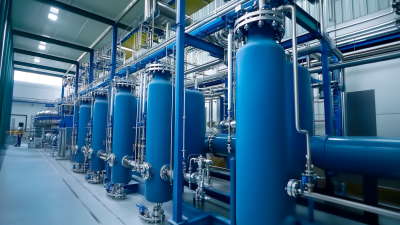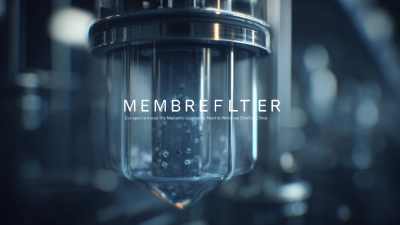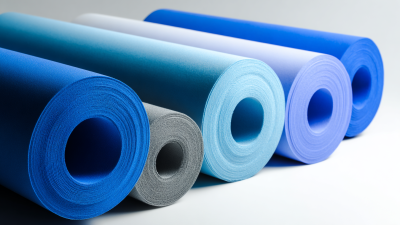Leave Your Message
Request a Quote
In the quest for clean and safe drinking water, Ultrafiltration has emerged as a groundbreaking technology that transforms the purification process in modern systems. This innovative method utilizes a semi-permeable membrane to separate contaminants from water, effectively removing bacteria, viruses, and larger particles while allowing essential minerals to remain. As we delve into the science behind Ultrafiltration, we uncover its advantages over traditional purification methods, such as higher efficiency and lower energy consumption. Furthermore, we explore its versatility in various applications, from municipal water treatment to residential systems, demonstrating its crucial role in addressing global water scarcity and ensuring public health. By embracing the power of Ultrafiltration, we can unlock a sustainable solution to one of the most pressing challenges of our time—access to clean water for all.
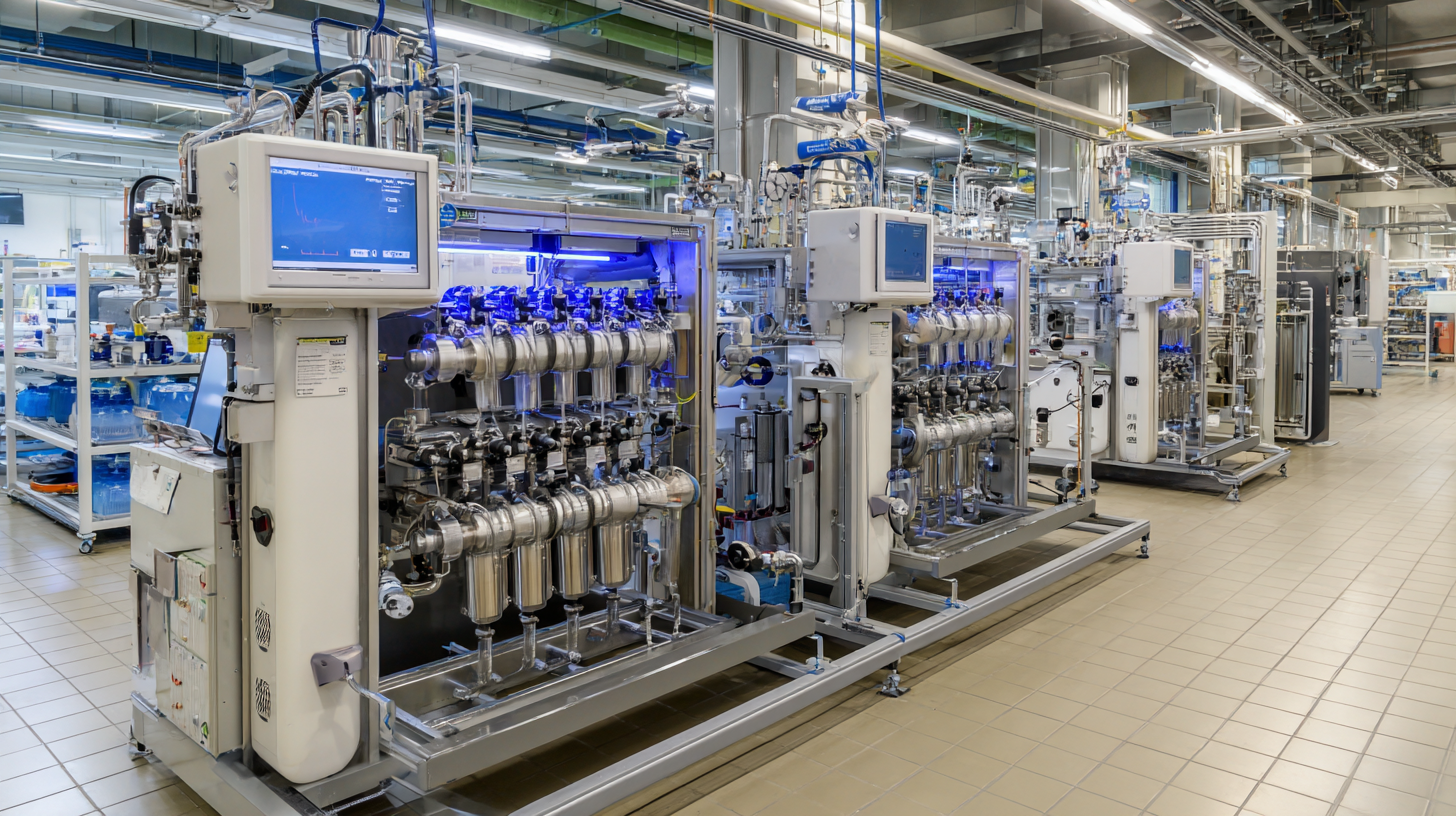
Ultrafiltration (UF) is emerging as a cornerstone technology to address the global water crisis, particularly in regions facing acute water scarcity. By effectively removing suspended solids, bacteria, and larger organic molecules from water, ultrafiltration systems ensure the delivery of clean, safe drinking water. A prime example of this can be seen in Ghana, where advanced seawater desalination plants utilize ultrafiltration to produce up to 60,000 cubic meters of freshwater daily, sufficient to serve about 500,000 people. This technique not only improves water clarity but also enhances overall water quality, making it an essential component in modern purification systems.
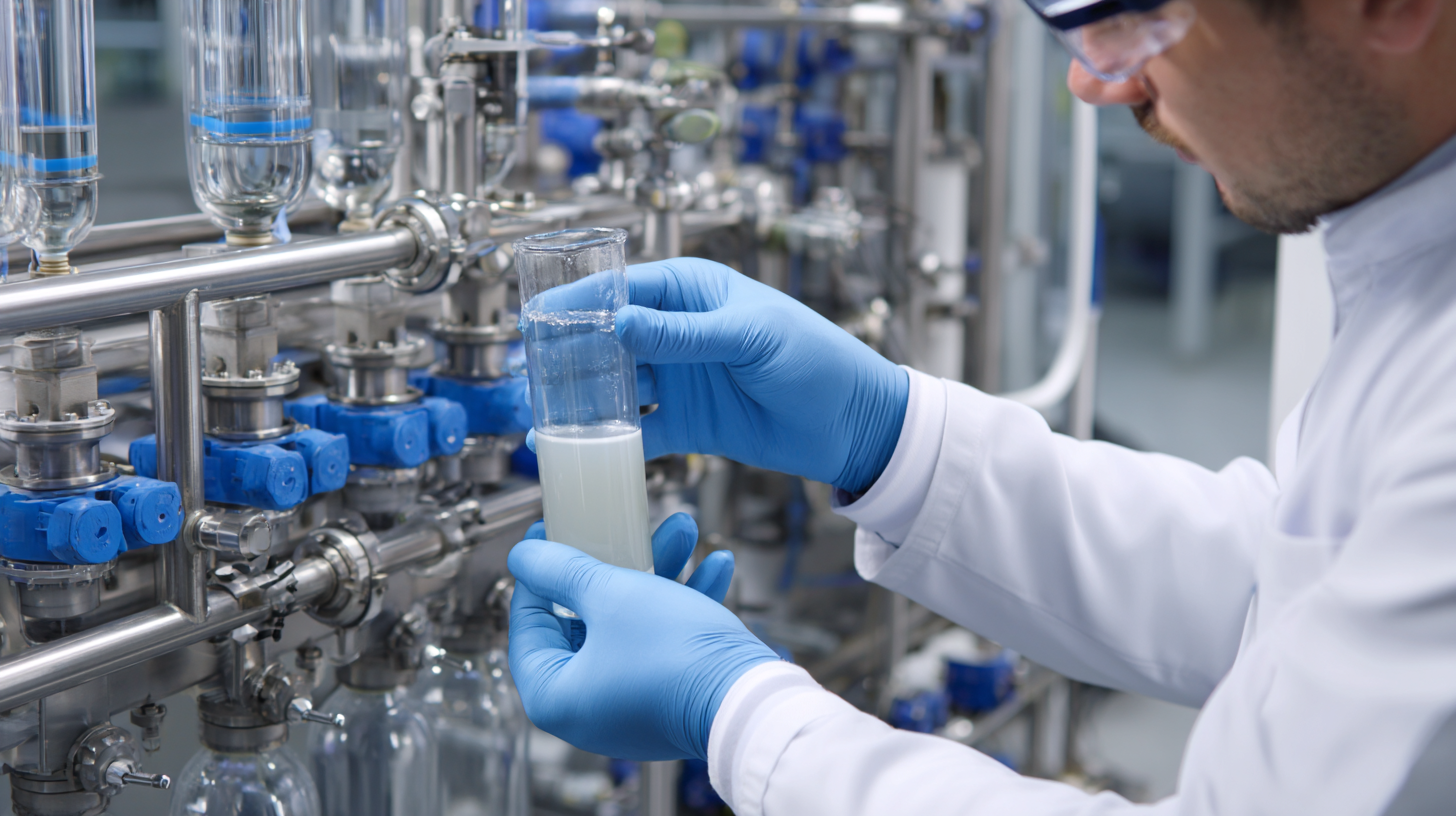
Recent industry reports highlight the growing adoption of ultrafiltration technology, which is projected to reach a market value of several billion dollars over the coming years. This surge is driven by increasing investments in water treatment infrastructure and a rising demand for reliable potable water sources. As countries grapple with the challenges posed by population growth and climate change, ultrafiltration presents a viable solution, ensuring access to clean water for communities worldwide while safeguarding public health.
Ultrafiltration (UF) is a membrane filtration process that is integral to modern water purification systems. At its core, ultrafiltration utilizes semi-permeable membranes designed to separate particles and macromolecules from liquid. These membranes have pore sizes typically ranging from 1 to 100 nanometers, allowing water and low molecular weight solutes to pass through while rejecting larger particles, bacteria, and viruses. This selectivity makes ultrafiltration an essential technology for ensuring the safety and quality of drinking water.
The mechanics of ultrafiltration are driven by the principles of pressure differential. Water is forced through the membrane, with contaminants being left behind. This process is more energy-efficient compared to other filtration methods, such as reverse osmosis, as it requires lower operating pressures. Moreover, ultrafiltration membranes can be crafted from various materials such as polyethersulfone or ceramic, enhancing their durability and effectiveness. As water scarcity issues escalate globally, the advancements in ultrafiltration technology present a vital solution in providing clean and safe drinking water, demonstrating the crucial intersection of science and environmental sustainability.
Ultrafiltration (UF) is a critical technology in modern water purification systems, offering numerous advantages that enhance the quality and safety of drinking water.
One of the primary benefits of ultrafiltration is its ability to effectively remove a wide range of contaminants, including bacteria, viruses, and larger organic molecules.
By utilizing a semi-permeable membrane with pore sizes typically ranging from 0.01 to 0.1 microns, ultrafiltration systems can achieve a high level of pathogen removal, ensuring that the water is safe for human consumption.
In addition to its filtration capabilities, ultrafiltration is energy-efficient and requires minimal chemical additives, making it an environmentally friendly option.
The system operates at lower pressures compared to other filtration methods, such as reverse osmosis, which translates to reduced energy consumption and operating costs.
Moreover, ultrafiltration membranes are highly durable and can be cleaned and reused, further contributing to sustainable water management practices.
As communities increasingly prioritize clean water access, ultrafiltration stands out as a viable and effective solution within modern purification systems.
Ultrafiltration (UF) is a powerful water purification method that has gained recognition for its effectiveness in removing contaminants such as bacteria, viruses, and suspended solids. Homeowners looking to improve their water quality can benefit greatly from implementing ultrafiltration systems. According to the Water Quality Association, ultrafiltration membranes can remove particles as small as 0.01 micrometers, making them highly effective for microbiological purification. As an added bonus, UF systems often don't require chemicals, keeping the process natural and minimizing environmental impact.
When considering the installation of an ultrafiltration system in your home, it’s essential to assess your specific water quality needs. The Environmental Protection Agency (EPA) recommends conducting a water quality test to identify contaminants present in your supply. Based on these results, homeowners can choose from various UF systems suited for different water issues. Many modern UF systems are also designed to be user-friendly with easy maintenance features and compact designs that fit well in household settings. With the proper selection and maintenance of an ultrafiltration system, you can ensure a continuous supply of clean, safe drinking water for your family.
| Feature | Description | Benefits | Implementation Tips |
|---|---|---|---|
| Filtration Process | Uses a semipermeable membrane to separate particles and impurities from water. | Removes bacteria, viruses, and contaminants effectively. | Ensure proper maintenance and regular membrane cleaning. |
| Membrane Lifespan | Typically lasts 2-5 years depending on usage and maintenance. | Cost-effective solution for long-term clean water needs. | Monitor water quality regularly to assess membrane condition. |
| Energy Efficiency | Requires less energy compared to traditional filtration methods. | Reduces utility bills due to lower energy consumption. | Choose energy-efficient systems when selecting your unit. |
| Installation | Can be installed as a point-of-use or whole-house system. | Flexible solution for different household needs. | Consult professionals for optimal installation and placement. |
| Water Recovery Rate | Typically ranges between 75% to 90%. | Maximizes the amount of purified water generated. | Optimize feed water quality to improve recovery rates. |
 Ultrafiltration technology is poised to lead the future of water purification with innovative developments that promise enhanced efficiency and sustainability. According to recent industry reports, the global ultrafiltration market size is projected to reach approximately USD 3.89 billion by 2030, growing at a compound annual growth rate (CAGR) of over 8% from its estimated USD 2.88 billion in 2024. This growth reflects the escalating demand for advanced filtration solutions capable of addressing a wide range of contaminants, including industrial pollutants and emerging substances of concern such as PFAS.
Ultrafiltration technology is poised to lead the future of water purification with innovative developments that promise enhanced efficiency and sustainability. According to recent industry reports, the global ultrafiltration market size is projected to reach approximately USD 3.89 billion by 2030, growing at a compound annual growth rate (CAGR) of over 8% from its estimated USD 2.88 billion in 2024. This growth reflects the escalating demand for advanced filtration solutions capable of addressing a wide range of contaminants, including industrial pollutants and emerging substances of concern such as PFAS.
A significant trend is the integration of advanced materials in ultrafiltration systems, such as polyurethane nanofiber membranes, which provide excellent porosity and strength. These membranes not only enhance the efficiency of water treatment processes but also contribute to sustainability by reducing waste. As water scarcity becomes an increasingly pressing issue, innovative solutions like decentralized filtration systems and real-time water quality monitoring are gaining traction, ensuring safe and reliable water access for communities worldwide.
Tips: When considering the implementation of ultrafiltration in water treatment systems, prioritize technologies that offer scalability and flexibility to meet varying water quality demands. Furthermore, staying informed about regulatory changes and technological advancements can help stakeholders make proactive decisions that align with future trends in the water purification industry.


